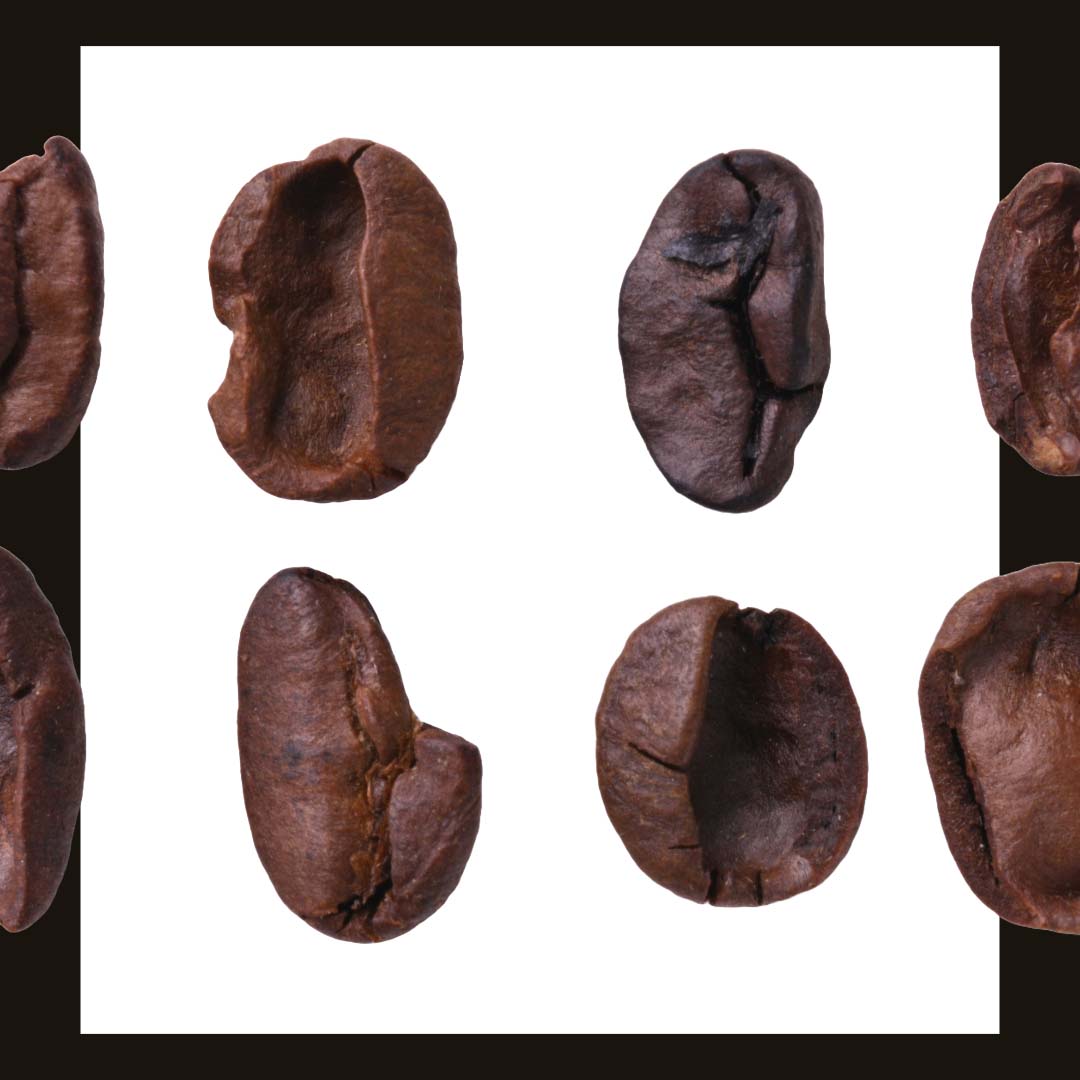19 / 02 / 2025
1. How Are Coffee Defects Classified?
To assess the quality of coffee beans, we use the "New York Table," a system that assigns a score from NY2 (very few defects) to NY8 (many defects).
NY1 does not exist—every coffee has at least some defects.
This classification helps identify coffee batches that could compromise the quality of the final beverage.
2. How Defects Affect Flavor
Each defect in the beans has a direct impact on the taste of coffee:
Beans infested by pests: Impart a bitter taste and a tar-like smell.
Immature beans: Make the coffee more astringent and metallic.
Broken beans: Burn easily during roasting, leaving an ashy taste.
Green beans: Enhance bitterness and astringency.
Moldy beans: Cause musty odors and an unpleasant flavor.
Even small imperfections can affect the experience of a perfect coffee.
3. Subjective Defects: When Storage Matters
Not all defects are visible to the naked eye, but they can still alter the flavor of coffee.
Drying on dusty surfaces: Can give the coffee a dusty taste.
Washing with poor-quality water: Leads to a muddy flavor.
Storage in humid environments: Creates stale and moldy odors.
If not properly managed, these defects can irreparably compromise the taste of coffee.
4. Why Choose LATORRE? Uncompromising Selection and Quality
We believe that every cup of coffee deserves the highest quality. That's why every single bean is carefully selected and processed without compromise.
Rigorous control: We select only beans free of evident defects.
Defect elimination: Any defective beans are discarded before roasting to ensure superior quality.
Artisanal processing: Every step of our process follows the highest standards to preserve the coffee's aroma and flavor.
Every bean we choose tells a story of passion, dedication, and quality.
